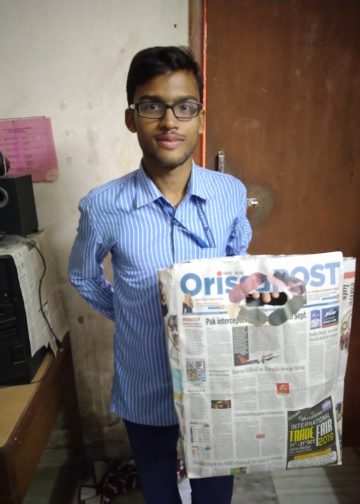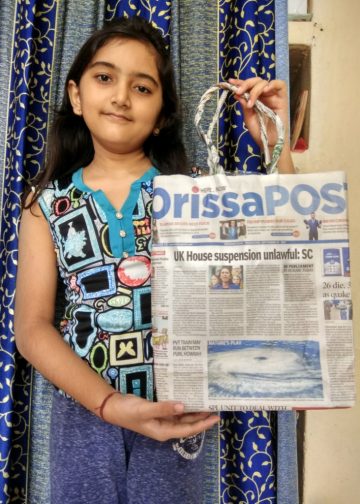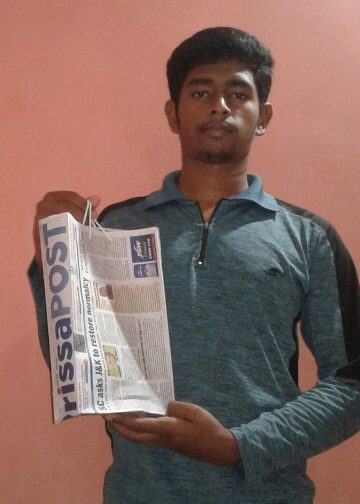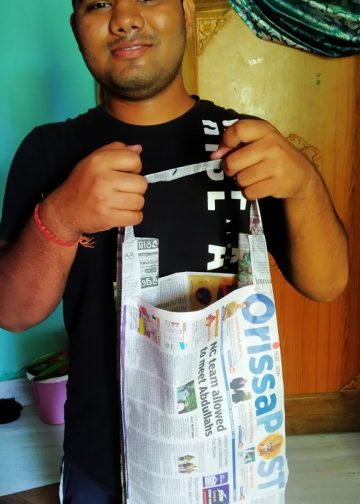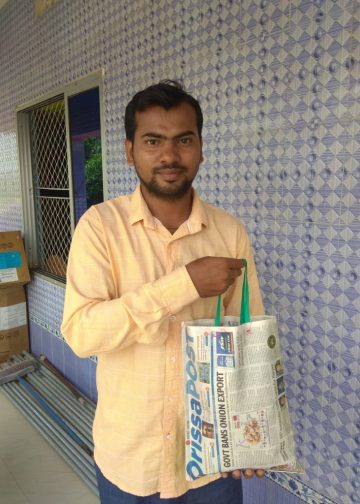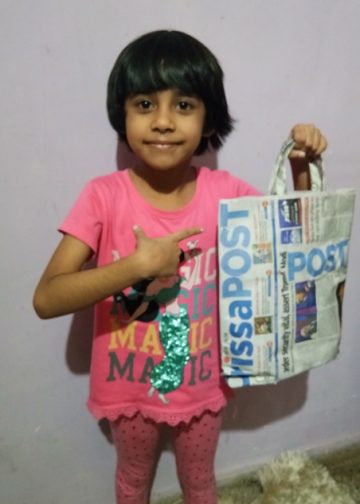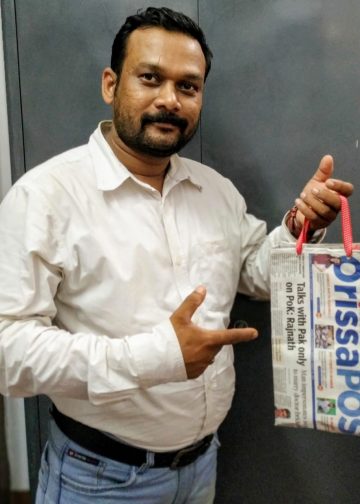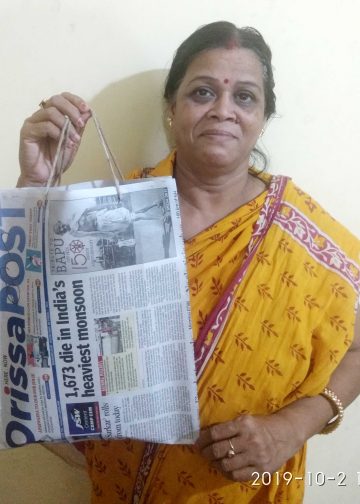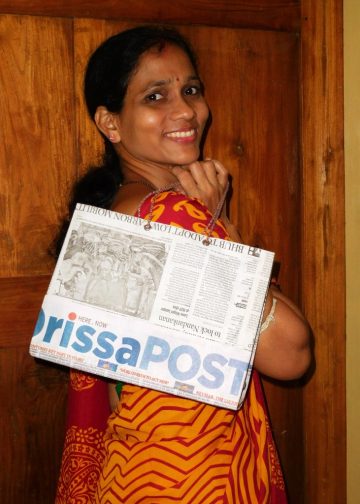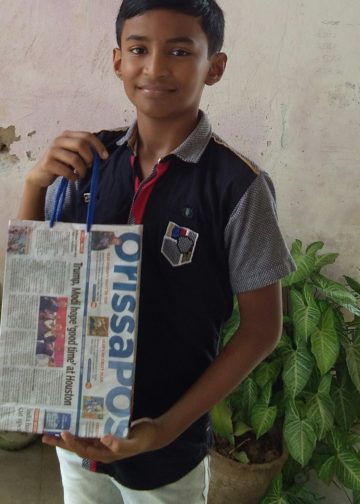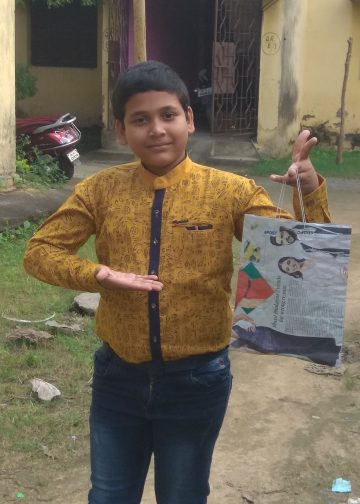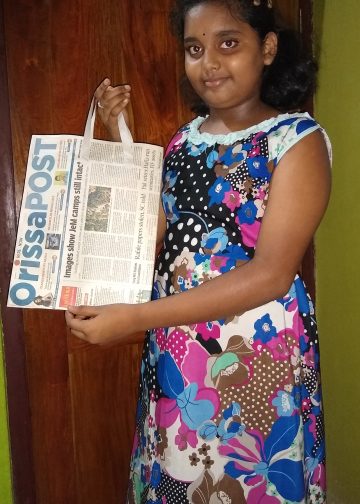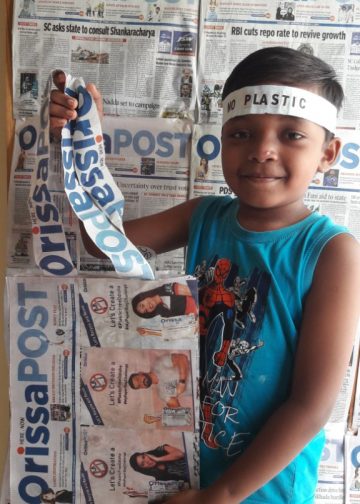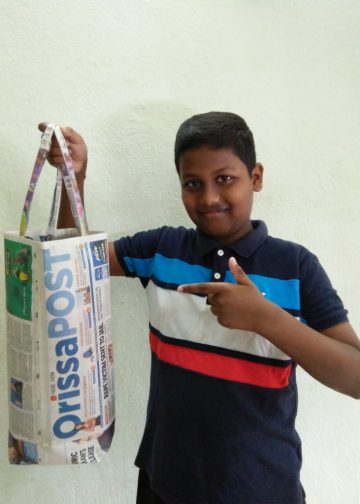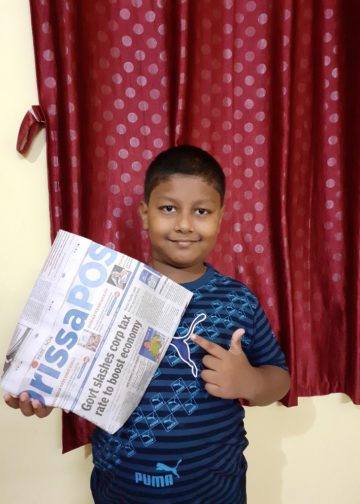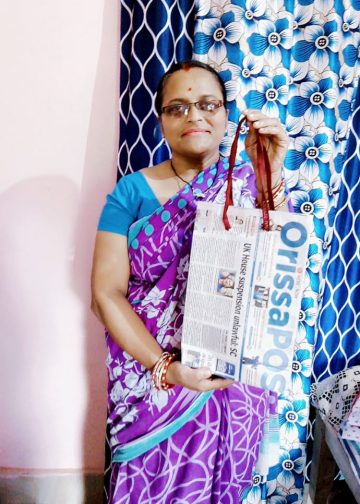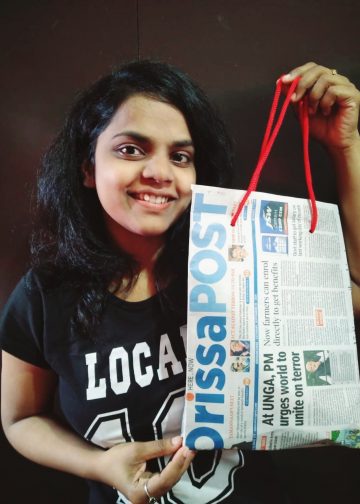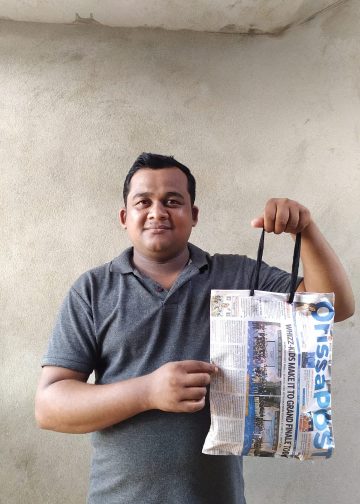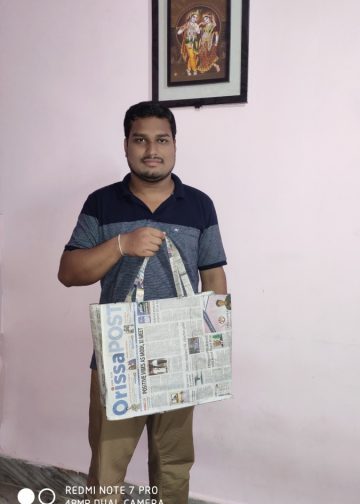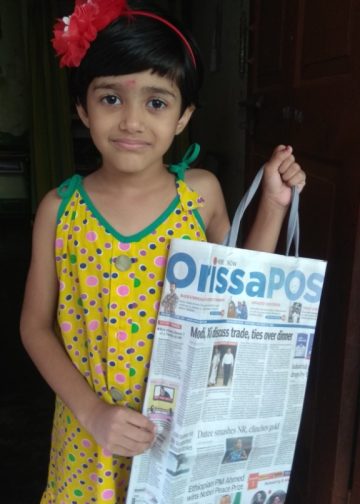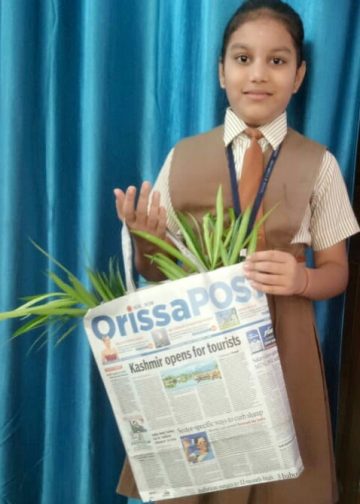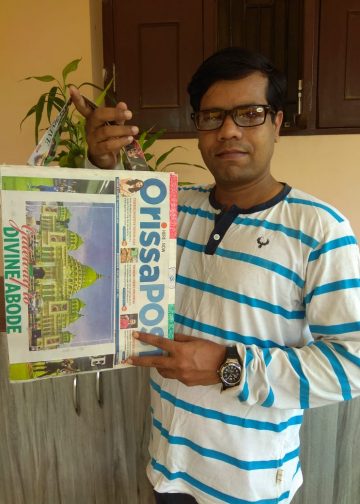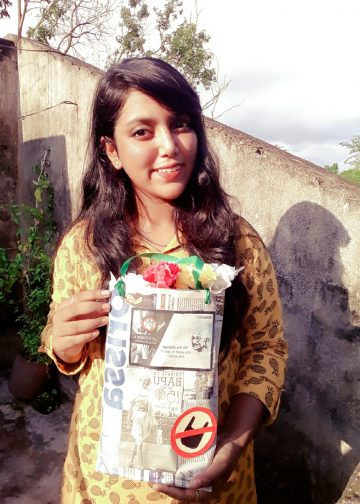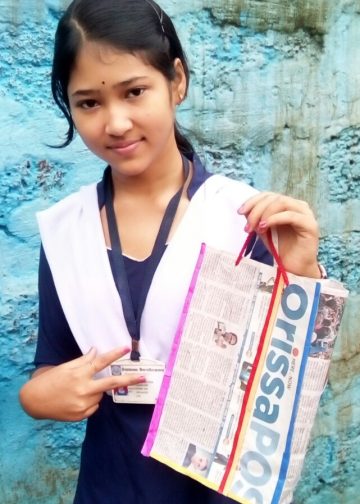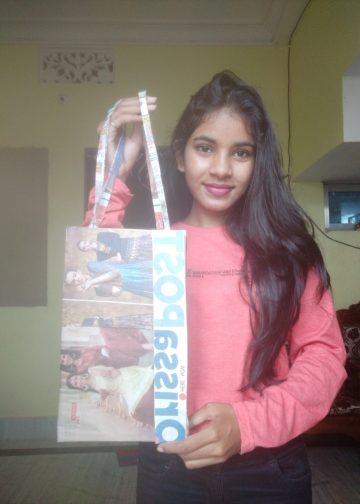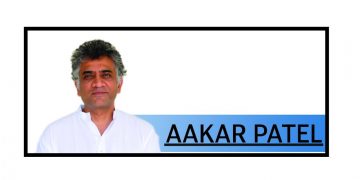The mesmerising mellifluousness of Sambalpuri folk music is irresistible in its appeal and despite the controversy surrounding ‘Rangabati returns’, a Sambalpuri song has grabbed national and global attention for the first time. But is this truly cause for cheer or ought we, instead, introspect why such an enchanting variety of folk music has remained in the obscurity for so long. A report by HIMANSHU SHEKHAR GURU
Folk music is the essence of a race immersed as it is in tradition and cultural ethos. Modern film music has gained immeasurably from folk music and music directors with an ear for the serene in folk music have produced many an immortal composition by subtly blending folk flavours. Sambalpuri folk music is enchanting, full of life and vivacity.
The current controversy around popular Sambalpuri song ‘Rangabati’ has brought one very poignant question to the fore that few, if any, had cared to ask. If folk music in so many languages and belonging to diverse cultural and linguistic groups has contributed to enriching Indian music as well as mainstream and regional film music, why has Sambalpuri folk with its rich repertoire of captivating scores hitherto failed to mark a substantial mark? That an Oriya singer (Sona Mohapatra) chose to sing a Sambalpuri folk on an important platform like Coke Studio – the imperfections and the somewhat audacious blending apart – goes to show that Oriya artistes are still deeply receptive to tradition and also that Sambalpuri has a lot on offer.
Another aspect that the controversy has served to draw our attention to is that a Sambalpuri song, for the very first time, has been performed on a national platform thereby drawing the attention of millions of listeners. If original folk styles of the Sambalpuri genre, or so artistes and music directors believe, are applied to, or mixed with, mainstream fare it could produce extraordinary results.
Although ‘Rangabati’ is the most popular song in the Sambalpuri language, a potpourri of sweet melodies ring in a million ears. Other popular songs, accepted as classics and enjoying immense popularity over the years are ‘Labangalata mor gaja mukuta lo hasin kaha pade katha’, ‘E nani sulochana tor chehera suhala ana re tahun bali charana re tor galar rashi chinha’, ‘Hai Krushna hai Krushna bali jau mor jibana ho ghan kalia phoolmalia nila ratana’ and ‘Liti ude furu furu re mor naam tekaru’.. These songs are composed in the characteristic grammar and notation of Sambalpuri folk style but there are other original folk styles like Dalkhai re, Chutku chuta, Rasarkeli, Maelajada and Sajani geet.
Sambalpuri has styles and rhythms for every season, every occasion and every sequence. There are different rhythms for the different rituals associated with a Hindu marriage. During a marriage family members and friends of the bride and bridegroom visit a nearby temple to get holy water to be used in the ritual ceremony. They go in a procession with a walking band of folk music playing the right rhythm for the occasion which is known as the ‘Paen palta’ rhythm. Again, during the bridal procession the style usually played is called ‘Nachnia’. For ‘Haatganthi’ there is another rhythm. Similarly, during funeral procession a certain style is played and during worships musicians play ‘Maleshree’.
Worship of Shakti is widely prevalent in western Orissa. In Sambalpur Samaleswari Devi, in Bolangir Pataneswari Devi, in Bhawanipatna Manikeswari Devi and in Sonepur Sureswari Devi are worshipped as the presiding deities. All festivals related to these deities are observed with pomp and show with music playing a pivotal role. These days, in most of the temples the daily ‘alati’ is performed to the accompaniment of a folk extravaganza. Local youngsters are enthusiastic and are seeing playing instruments like dhol, nishan, tasha, gini, ghanta and ghanti in the temples. The pulsating, throbbing quality of the music is felt by one witnessing a live performance.
Talking of films, original folk styles were adopted in the background scores of the first ever Sambalpuri or Koshli film Bhukha. The film was directed by Sabyasachi Mohapatra and the songs composed by Ramesh Mahanand. The song ‘Subha lagane bara kale gamana ho’ is composed in the Nachnia style while ‘Tamar chaha hele amar chini’ has been composed in the Sajani geet style. The song ‘Gangachi papachi’, a ‘lori’, is popular among kids. The song ‘Arata Tarini Maa astaudaya’ is composed in the Maleshree style while ‘Phatai khaili bela’ is a hip-twitching number. All these songs are superhits and the sweet folk style is inimitably exquisite.
Sunday POST approached Sabyasachi Mohapatra, the director of Bhukha and Jhili as well as multiple award-winning films like Salabudha and Adim Bichar. He said, “Sambalpuri music has all the qualities which can be used to compose a soothing song that can be appreciated by the national and international audience.” When asked about the reason why so far the music has not reached mainstream Bollywood he said, “Unfortunately, there is nobody there to represent Sambalpuri folk style. Although people from our state are behind the success of many popular Bollywood films, so far we have not got either a first line director or music director in the Hindi film industry from our state. Unless and until a person of this region becomes a popular mainstream director doing proper cinematic justice to Sambalpuri folk style popularity is not possible.”
“Most of the leading directors and music directors of Bollywood hail from erstwhile Lahore. Also there are biggies from Punjab, Rajasthan and West Bengal. They have adorned their films and songs either with contemporary styles or have focused on the music of their regions because they are masters of the genres. So, somebody from our region should come up. Nila Madhav Panda has tried somewhat in his upcoming film Kaun Kitne Pani Mein. I have also taken up a Hindi film project titled Nil Madhav featuring four songs that have made extensive use of Sambalpuri folk styles. One of the songs is by Shreya Ghoshal. But mine is not mainstream cinema,” he added.
The sensuous sonority of Sambalpuri folk music is well appreciated. “When Bhukha was showcased in France many people started dancing to the tune of ‘Phatai Khaili Bela’. Even they composed another song using the style which resembled the Sambalpuri original. From the experience I gathered that folk styles have a universal underpinning,” observed Mohapatra.
Jitendra Haripal from Sambalpur is the singer of ‘Rangabati’. Although there are other veterans, his style is widely followed by both the old and new generations. An outstanding singer, even today he has retained the lucidity of his voice. The original ‘Rangabati’ was popular not only in Orissa but had earned popularity in foreign countries too. Accordingly, Haripal was popular. But recently after the remixed ‘Rangabati’ became such a craze Haripal had chosen to maintain a studied silence. When we asked him for his perspective on the issue he said, “A composer attires a song and the singer finally blows life to it. So the lyricist, composer and singer are sentimentally related to a song created by them. If someone takes it away from them and produces it in another style it hurts. If the recreation widely differs from the original it hurts even more. I was shocked to listen to the Rangabati returns. Besides, I wonder how nationally accredited people like Sona Mohapatra and Ram Sapath can reproduce a song in their own style.”
Many youngsters from Orissa have carved a niche on the national stage. Sniti Mishra is a trained vocalist in Hindustani classical who appeared for the first time in the Zee TV music reality show ‘Sa Re Ga Ma Pa Singing Superstar’. Although she did not win the show she earned appreciation from maestros like AR Rehman, the Vishal-Sekhar duo and others.
After the show she chose to stay back in Mumbai and is currently performing in national and international concerts. She has been associated with Indo-Swedish Fusion jazz band Mynta and has also worked with the percussionist Sivamani and Grammy nominee jazz musician and keyboardist Louis Banks. She has performed classical and fusion concerts in India and parts of the world. During her musical tour to USA, she was invited to judge the Chicago Indian Icon and in September 2013, she was chosen as a Goodwill Ambassador for the global charity Combat Blindness International. In films, she has lent her voice for the Bollywood movie Babloo Happy Hai directed by Nila Madhab Panda, the music being composed by Bishakh-Kanish. So what has Sniti to say about why Sambalpuri music has failed to make a nationwide impression? “Sambalpuri music has not so far drawn attention of Bollywood filmmakers because we don’t have any mainstream, successful Oriya filmmaker in Bollywood who can explore and promote Oriya/Sambalpuri songs rightly. Neither do we have any music director from Orissa who has a stronghold in the Hindi music industry. Also, Sambalpuri language is not the same as Oriya. To sing a song in it you need to have good knowledge of it. The songs need right presentation and platform to gain popularity outside Orissa which they haven’t got so far,” she replied.
But surely there is a way out. “It is only possible through the combined effort of artistes, the media and composers. We can popularise our folk music by performing songs in different indoor and outdoor musical platforms. Filmmakers from Orissa who nationally popular like Nila Madhab panda can promote our Sambalpuri songs which he is doing, I guess. More advertisements and propagation is needed in the print as well as electronic media. Again, Sambalpuri composers should also compose good music sans vulgarity,” she added.
Sniti hails from Bolangir having a strong grasp over the Sambalpuri tongue and the music and has performed on national and international podiums. “I am from Bolangir and have grown up listening to Sambalpuri music. I have performed many Sambalpuri songs live requested by the audience in India and abroad. Since I understand the language and the culture well, I would definitely like to work in the Sambalpuri projects keeping the sanctity of the language intact. My dream is to take Sambalpuri culture to the international arena. I am waiting for the right opportunity,” she said.
Singer Tapu Mishra needs no introduction. The diva has a number of awards to her credit including the most prestigious State award for her background scores. She lived in Sambalpur once and has ample knowledge of Sambalpuri folk music. She said, “‘Rangabati’ grabbed international recognition right after its release in the 1970s. But yes, now Rangabati returns has also grabbed attention despite the controversy. If any national level singer recreates an original song it is a welcome step. But this should be accomplished only after taking due permission from the original creators of the song.”
Madhav Dash is popular among the younger generation of Oriya singers. So far he has sung in more than 25 films. Madhav hails from Bolangir and has also sung Sambalpuri songs. He said, “Sona Mohapatra has sung ‘Rangabati’ well. She has perfectly executed some tough moves in the song. But the lyric was heavily changed. I think they she did not bother to listen to the lyrics carefully which actually did hurt fans of the song.”










